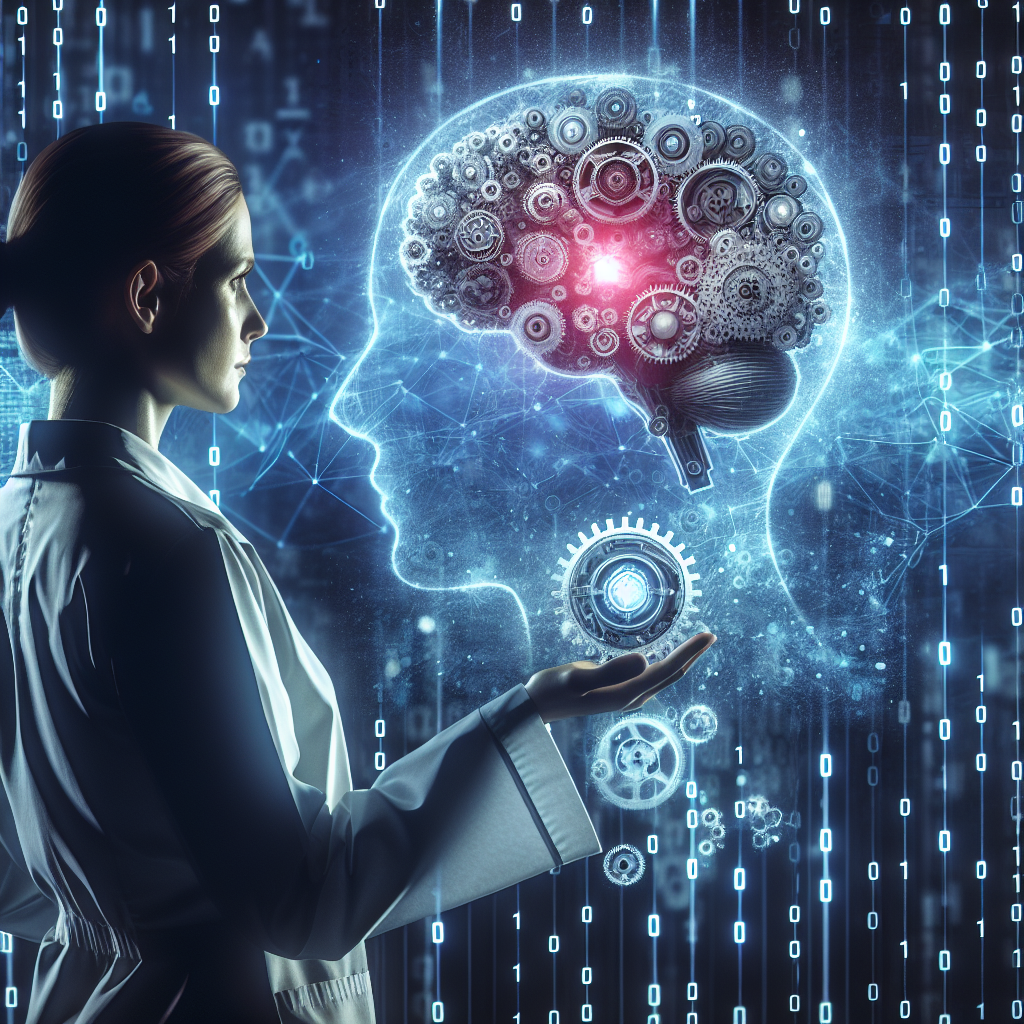Artificial Intelligence (AI) and Machine Learning (ML) have transformed industries across the world, from healthcare to finance to transportation. These technologies have the potential to revolutionize the way we live and work, but there are still many limitations to be aware of. In this article, we will explore the boundaries of AI and ML, as well as some frequently asked questions about these technologies.
Limits of AI and Machine Learning
1. Data quality: One of the biggest challenges facing AI and ML is the availability and quality of data. These technologies rely on large datasets to learn patterns and make predictions, but if the data is incomplete, biased, or inaccurate, the results will be unreliable. Cleaning and preparing data can be a time-consuming and labor-intensive process, and even then, there may still be errors that affect the performance of AI systems.
2. Interpretability: Another limitation of AI and ML is the lack of interpretability in many models. Deep learning algorithms, for example, are often referred to as “black boxes” because it can be difficult to understand how they arrive at a particular decision. This makes it challenging for users to trust the results of AI systems and can be a barrier to adoption in certain industries, such as healthcare and finance, where transparency is crucial.
3. Generalization: AI and ML models are trained on historical data, which means they may not perform well on new, unseen data. This is known as the problem of generalization, and it can lead to overfitting or underfitting, where the model either memorizes the training data or fails to capture the underlying patterns. Improving generalization requires careful selection of training data, regularization techniques, and robust evaluation metrics.
4. Scalability: As the amount of data available continues to grow exponentially, the scalability of AI and ML becomes a critical issue. Training complex models on large datasets can be computationally intensive and require significant resources, such as high-performance computing clusters and specialized hardware like GPUs. Scaling AI systems to handle massive amounts of data in real-time is a major challenge that researchers are actively working to address.
5. Ethical and social implications: AI and ML have the potential to bring about significant social and economic benefits, but they also raise ethical concerns around privacy, bias, and accountability. For example, bias in training data can lead to discriminatory outcomes in AI systems, while the use of personal data for profiling and targeting raises questions about consent and transparency. Addressing these ethical and social implications requires a multi-disciplinary approach that involves policymakers, researchers, and industry stakeholders.
Frequently Asked Questions about AI and Machine Learning
Q: What is the difference between AI and Machine Learning?
A: AI is a broad field of study that aims to create intelligent systems that can perform tasks traditionally requiring human intelligence, such as reasoning, problem-solving, and perception. Machine Learning is a subset of AI that focuses on developing algorithms that can learn from data and make predictions without being explicitly programmed.
Q: How does Machine Learning work?
A: Machine Learning algorithms learn patterns from data through a process called training. During training, the algorithm is fed with labeled examples (input-output pairs) and adjusts its internal parameters to minimize a loss function, which measures the difference between the predicted and actual outputs. Once trained, the model can be used to make predictions on new, unseen data.
Q: What are some popular Machine Learning algorithms?
A: Some popular Machine Learning algorithms include linear regression, logistic regression, support vector machines, decision trees, random forests, and neural networks. Each algorithm has its strengths and weaknesses and is suitable for different types of tasks, such as classification, regression, clustering, and reinforcement learning.
Q: What are the applications of AI and Machine Learning?
A: AI and Machine Learning have a wide range of applications across industries, including healthcare (diagnosis, drug discovery), finance (fraud detection, risk assessment), transportation (autonomous vehicles, route optimization), and marketing (personalized recommendations, customer segmentation). These technologies are also used in natural language processing, computer vision, and robotics.
Q: How can I get started with AI and Machine Learning?
A: To get started with AI and Machine Learning, you can take online courses, read books and research papers, and participate in coding challenges and competitions. Popular platforms for learning AI and ML include Coursera, Udacity, Kaggle, and TensorFlow. It’s also helpful to build projects and collaborate with other enthusiasts to gain practical experience.
In conclusion, AI and Machine Learning have the potential to transform industries and improve our lives in many ways, but there are still limitations to be aware of. Data quality, interpretability, generalization, scalability, and ethical considerations are some of the key challenges facing these technologies. By understanding these boundaries and actively working to address them, we can unlock the full potential of AI and Machine Learning in the future.

